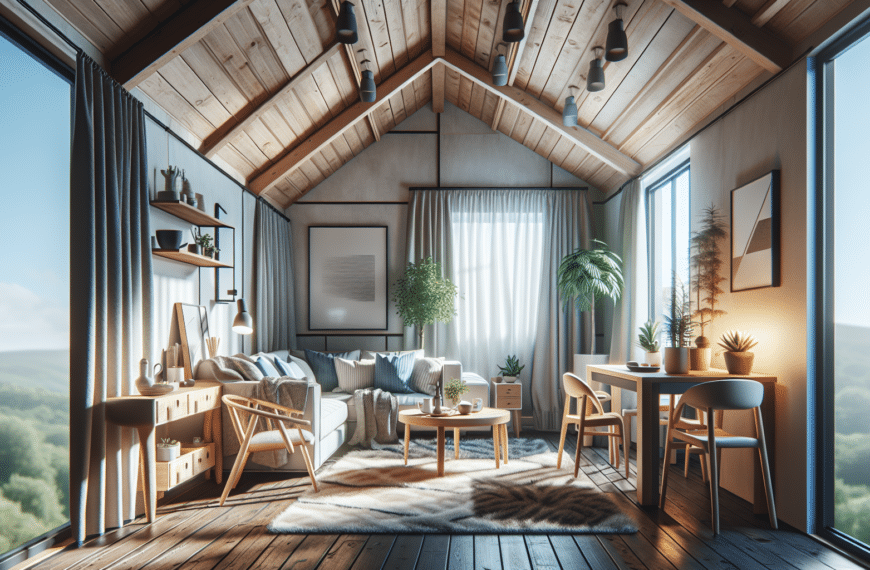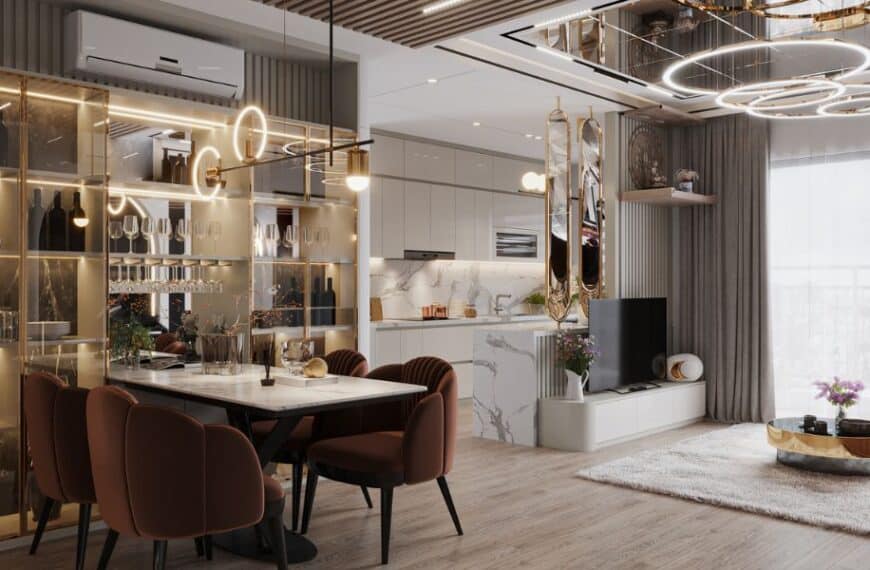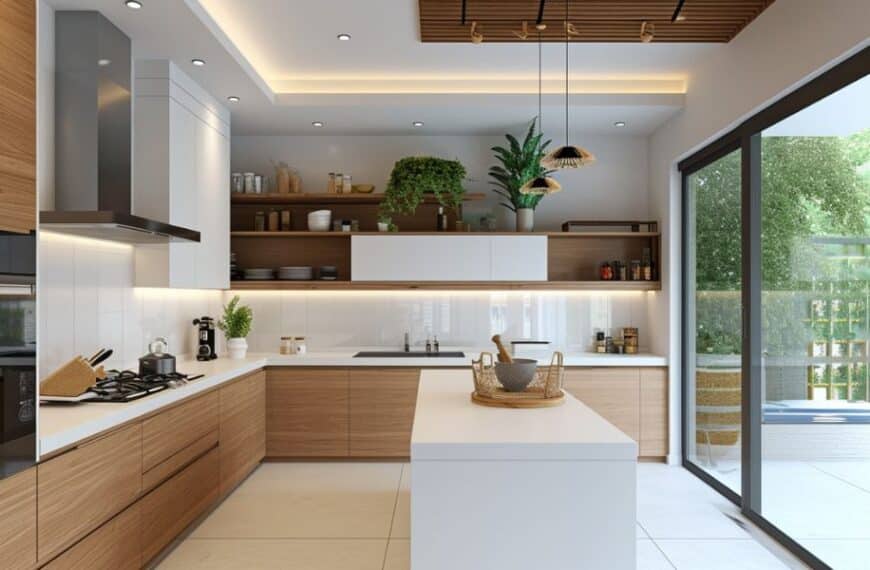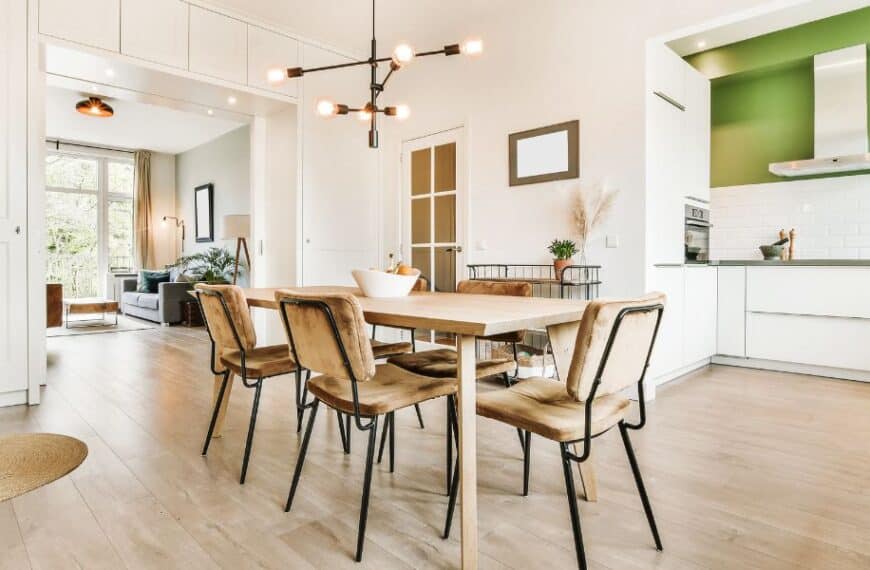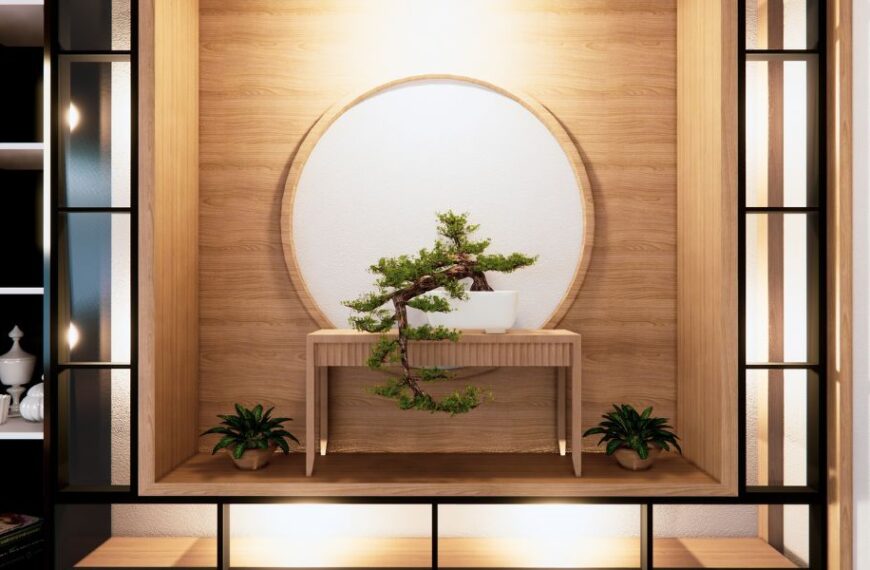Content
Layered lighting is a concept that has been gaining traction in the world of interior design.
It’s all about using different types of light sources to create a balanced and dynamic environment.
This approach not only enhances the aesthetic appeal of your home but also improves its functionality.
As an interior design specialist, I am here to guide you on how to effectively use layered lighting to illuminate your home with style and function.
Understanding the concept of layered lighting
Layered lighting involves the use of multiple light sources within a space to create depth, highlight focal points, and make it more functional.
The three main types of lighting used in this approach are:
- Ambient lighting: this is the general illumination that fills a room. It’s often achieved through ceiling lights, chandeliers, or wall-mounted fixtures.
- Task lighting: as the name suggests, task lighting is designed for specific tasks such as reading, cooking, or working. Desk lamps, under-cabinet lights, and vanity lights are examples of task lighting.
- Accent lighting: this type of lighting is used to highlight specific features in a room like artwork, architectural details, or bookshelves. Spotlights, picture lights, and track lighting can serve as accent lights.
The art of layering lights
Layering lights is not just about adding multiple light sources; it’s about strategically placing them to enhance both the aesthetics and functionality of your space.
Start with ambient lighting
Ambient lighting forms the base layer of your lighting scheme. It provides overall illumination and sets the mood for the room.
When choosing ambient lights, consider the size and purpose of the room.
For instance, a large living room may require a chandelier or several recessed lights, while a small bedroom may be adequately lit with a simple ceiling light.
Add task lighting
Once you’ve established your ambient lighting, the next step is to add task lights. These should be placed where you perform specific tasks.
For example, under-cabinet lights in the kitchen can help you see better when chopping vegetables, while a desk lamp in the study area can make reading easier.
Highlight with accent lighting
Accent lighting is the final layer. Use it to highlight architectural features, artwork, or other elements you want to draw attention to.
Remember, the goal of accent lighting is to create visual interest, so use it sparingly and strategically.
Choosing the right light fixtures
The type of light fixtures you choose can significantly impact the overall look and feel of your space. Here are some tips:
- Pendants: pendant lights are versatile and can serve as both ambient and task lighting. They’re perfect for areas like the kitchen island or dining table.
- Table and floor lamps: these are great for adding extra light in living rooms and bedrooms. They also add a decorative element to your space.
- Recessed lights: recessed lights provide a clean, streamlined look. They’re ideal for ambient lighting and can also be used as task or accent lights if equipped with dimmers.
Mastering light temperature and brightness
The temperature and brightness of your lights play a crucial role in creating the desired ambiance.
Warm light creates a cozy, welcoming atmosphere, while cool light is energizing and helps improve focus.
Dimmers are an excellent investment as they allow you to adjust the brightness according to your needs and mood.
Layered lighting is an art that combines style and function.
By understanding its basics and applying the tips shared in this guide, you can create a beautifully lit home that’s not only stylish but also functional.


